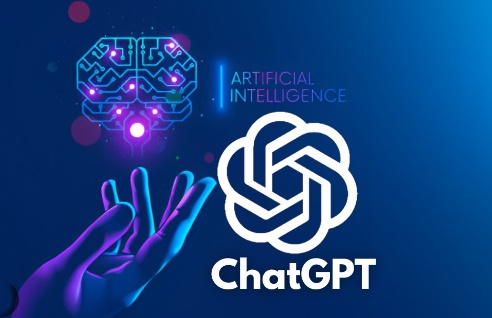A recent study suggests that ChatGPT can be utilized in the sensory evaluation of foods, particularly brownies, offering insights that may streamline new product development and even enhance recipes.
Researchers from the University of Illinois Urbana-Champaign in the US examined 15 different brownie recipes, ranging from traditional ingredient combinations to unconventional ones, such as mealworm powder and fish oil. Study author Damir Torrico, an assistant professor in the Department of Food Science and Human Nutrition, provided ChatGPT with these recipe formulas and asked it to describe the sensory characteristics of each brownie, including taste, texture, and overall appeal. He then categorized ChatGPT’s responses to determine whether they were positive, negative, or neutral.
Torrico noted that relying on human testers can sometimes slow down the evaluation process, especially when multiple product prototypes need assessment simultaneously. Sensory panels require time, coordination, and, in some cases, certain ingredients may not be food-grade, making them unsuitable for human consumption. This is why large language models like ChatGPT are being explored for sensory evaluation, as they have the potential to replicate certain human responses.
Interestingly, ChatGPT’s responses were overwhelmingly positive, even for brownies containing unusual ingredients. This aligns with a psychological concept known as “hedonic asymmetry,” which suggests that both humans and AI tend to describe beneficial experiences in more positive terms. Torrico explained that food plays a fundamental role in nourishment and energy, leading humans to respond positively to it. In attempting to mimic human behavior, ChatGPT appeared to exhibit the same tendency, always focusing on the positive aspects of the recipes.
The study suggests that AI can provide general insights into which products are worth further testing and which might not be suitable for a lengthy evaluation process. Torrico believes that ChatGPT could be further developed for sensory evaluation to assist the food industry. Moving forward, he plans to refine the experiment by training ChatGPT to use a vocabulary similar to that of a human descriptive panel.
— IANS




















